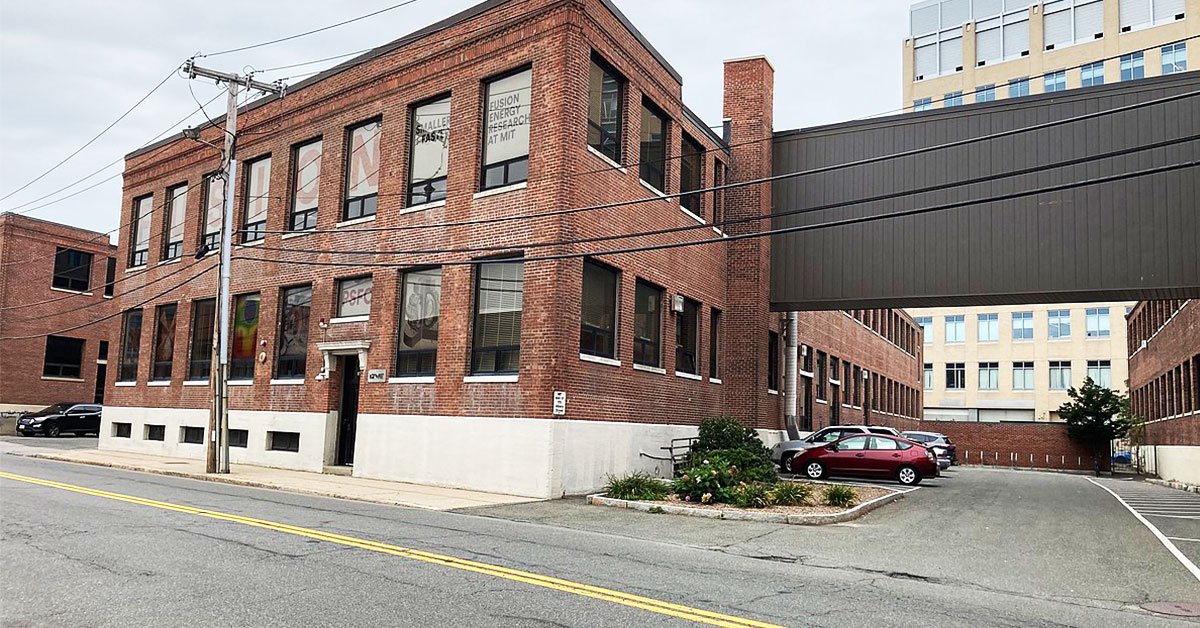Physical Address
304 North Cardinal St.
Dorchester Center, MA 02124
Physical Address
304 North Cardinal St.
Dorchester Center, MA 02124

Located at the cutting edge of scientific discovery, the MIT Plasma Science & Fusion Center (PSFC) in Cambridge, Massachusetts, is a hub of groundbreaking research in plasma physics and fusion energy. This one-of-a-kind facility serves as a global leader in advancing the future of clean energy, making it an exciting and enlightening destination for science enthusiasts, students, and curious travelers alike.
The MIT Plasma Science & Fusion Center is situated on the MIT campus in Cambridge, Massachusetts, at 175 Albany Street. Conveniently located within the Greater Boston area, the center is easily accessible via multiple transportation options:
Pro tip: Download a local transit app like “MBTA mTicket” to easily plan your journey!
Founded in 1976, the MIT Plasma Science & Fusion Center emerged during an era of heightened interest in nuclear fusion as a clean and sustainable energy source. Developed initially to advance fusion research and educate future scientists, the center quickly became a global leader in plasma physics, combining theoretical exploration with advanced experimentation.
One of its earliest milestones was constructing the Alcator C series of tokamaks—powerful magnetic confinement devices used to study plasma behavior. The most notable of these, the Alcator C-Mod, operated from 1993 to 2016 and set world records for plasma pressure, a key metric in fusion research.
Today, the center collaborates with global research institutions, spearheading projects like the SPARC tokamak—a compact, high-field fusion device designed to demonstrate net fusion energy production by the 2030s. The PSFC serves as a symbol of MIT’s scientific excellence and represents humanity’s quest for clean energy innovation.
The MIT Plasma Science & Fusion Center offers visitors a unique glimpse into the future of energy and scientific discovery. Here’s what you can look forward to exploring:
Tour cutting-edge research spaces, including labs working on SPARC and other advanced tokamak technologies. These facilities are home to some of the brightest minds in physics, where theories are turned into experiments that shape the future of fusion energy.
Explore hands-on displays that explain the basics of plasma physics, the challenges of fusion energy, and its potential impact on the global energy landscape. These exhibits make complex science accessible and engaging for visitors of all ages.
The center hosts educational programs and public lectures to inspire the next generation of scientists. Look for events that delve deeper into the intricacies of plasma research.
4. Historical Displays
Learn about the Alcator C-Mod tokamak and other pivotal achievements in fusion science, with exhibits showcasing the evolution of plasma research at MIT.
See how the PSFC partners with organizations like the Department of Energy and international research institutions to push the boundaries of what’s possible in clean energy production.
Whether you’re a STEM enthusiast or simply curious about how science shapes the world, the PSFC promises an inspiring and educational experience.
The MIT Plasma Science & Fusion Center is located in one of the most dynamic parts of Cambridge, surrounded by fascinating landmarks and attractions that make for an unforgettable day of exploration.
Known as “the most innovative square mile on the planet,” Kendall Square is brimming with tech companies, cafes, and restaurants. Please stop by for a meal or stroll through its lively streets.
Just a short walk away, the MIT Museum offers an immersive dive into the world of science and technology. It features exhibits on robotics, artificial intelligence, and MIT’s groundbreaking contributions.
For a scenic break, head to the Charles River Esplanade, where you can walk, jog, or enjoy picturesque views of Boston’s skyline.
A quick 10-minute drive (or a longer scenic walk) will bring you to Harvard’s historic campus. Explore Harvard Yard, visit the Harvard Art Museums, or take a student-led tour.
Venture into Boston, just across the Charles River, to follow the historic Freedom Trail, which includes iconic sites like the Boston Common, Paul Revere’s House, and the Old North Church.
A vibrant cultural hub near MIT, Central Square offers diverse dining options, live music venues, and street art that reflects Cambridge’s creative spirit.
The MIT Plasma Science & Fusion Center and its surrounding areas offer something for every traveler, from cutting-edge science to cultural landmarks. This combination of education, exploration, and inspiration ensures your visit to Cambridge will be nothing short of transformative.